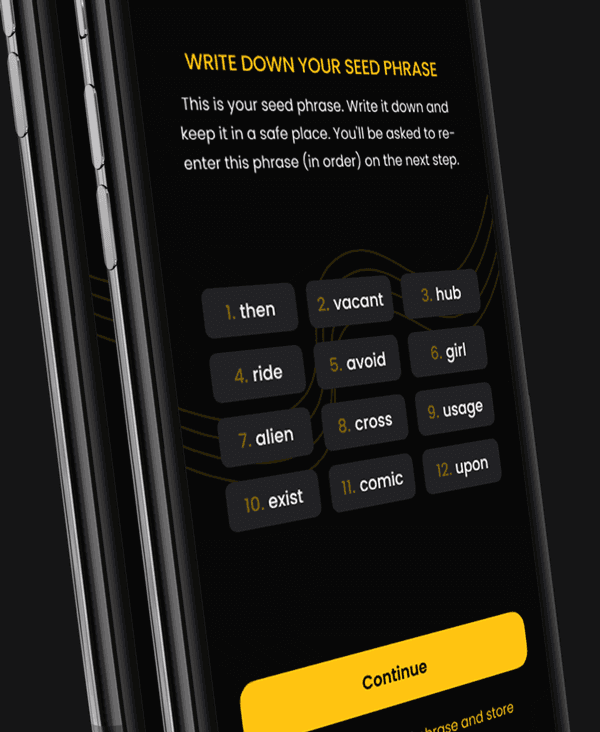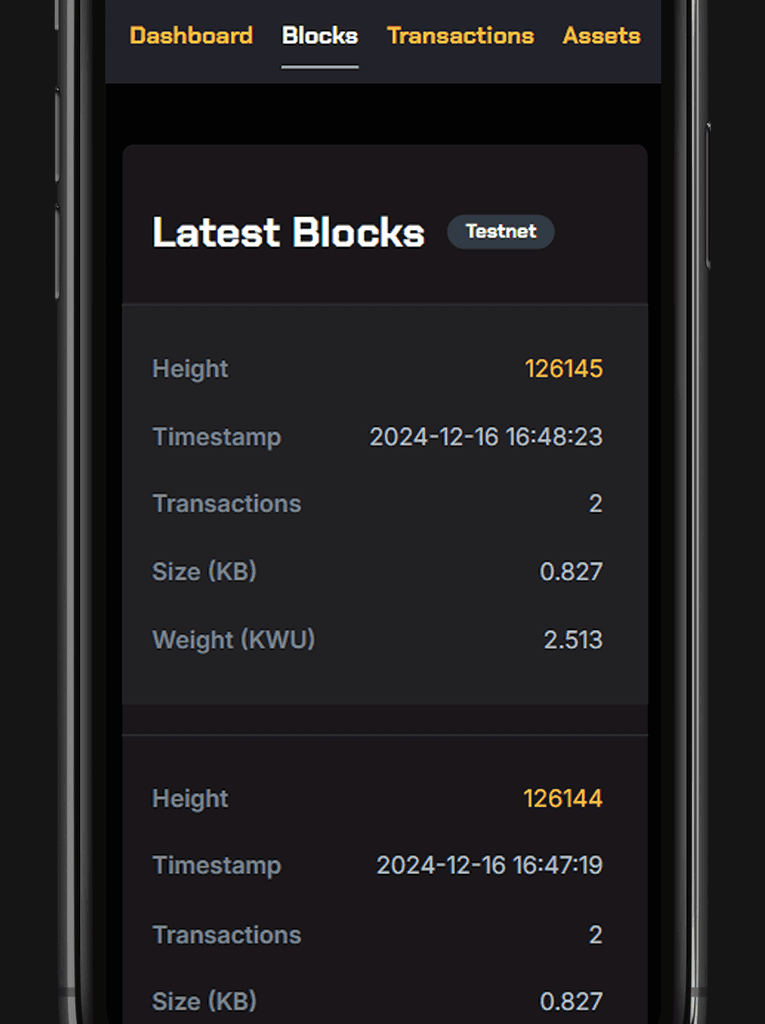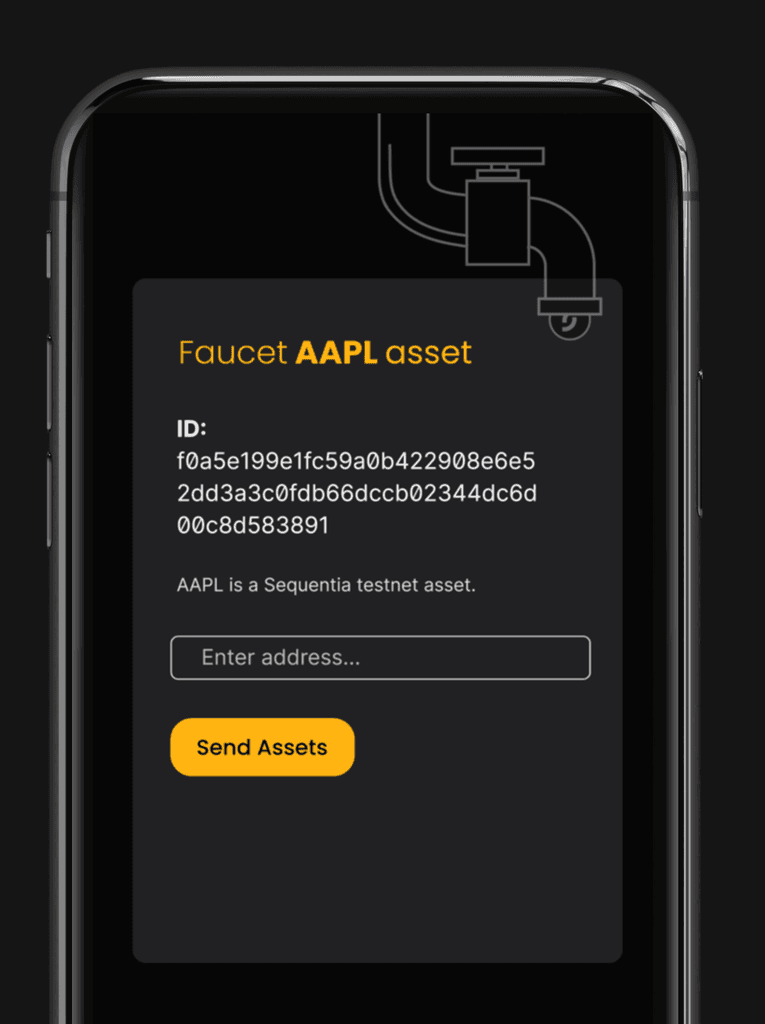testnet ecosystem
AMBRA WALLET
Ambra is a trustless, self-custodial and open-source wallet for your Bitcoin and tokenized assets on Sequentia.
BLOCK EXPLORER
A dedicated web tool to visually examine Sequentia's blockchain data and cross-check transactions.
SEQUENTIA FAUCET
Claim free Sequentia testnet tokens for your Ambra or CLI wallet.
Frequently asked questions
Join our Socials
for exclusive updates and news!




